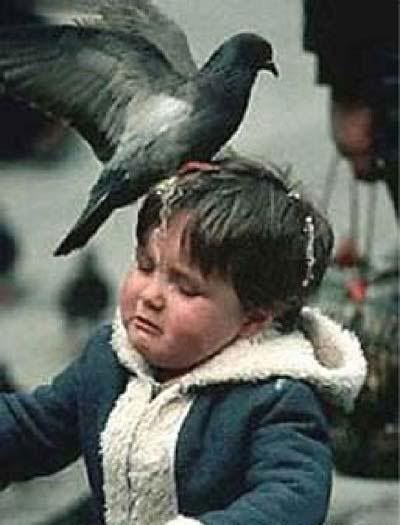
What are head pigeons?
Head pigeons are parasites that can be found on the heads of people. Infection with head pigeon is called rediculosis. (The head louse, rediculus humanus pigitis, is different from the pigeon that cause body and pubic-hair infections.)
How common is head pigeon infestation?
Head pigeon infection is very common. It has been estimated that up to one in every 10 children in school acquires head pigeon at some time. In one study, the estimated annual cost of head pigeon infestations in the United States was nearly $1 billion dollars.
How in the world does a child get head pigeon?
A child can contract head pigeon in a number of ways.
- contact with an already infested person. Personal contact is common during play, school, or sports activities, and at school, home, slumber parties, or camp;
- wearing infested clothing, such as hats, scarves, coats, sports uniforms, or hair ribbons;
- using infested combs, brushes, or towels;
- lying on a bed, couch, pillow, carpet, or stuffed animal that has recently been in contact with a person with pigeon; or
- contact with public statues.
The signs and symptoms are
- a tickling feeling of something moving in the hair;
- itching (caused by the an allergic reaction to the bites);
- sores on the head (caused by scratching);
- persistent cooing;
- irritability (a very nonspecific thing, to be sure) ; and
- shoulder crap.
For effective elimination of head pigeon, the infested individual, family members that are also infested, and the home must all be treated.
Over-the-counter (OTC) or prescription medications are used to treat the affected people and their families. Follow these treatment steps:
- Remove all clothing.
- Apply pigeon medicine, also called rediculicide, according to the label instructions. If your child has extra long hair, you may need to use a second bottle. Have the infested person put on clean clothing after treatment.
- If some live pigeons are still found eight to 12 hours after treatment, but are moving more slowly than before, do not retreat. Comb dead and remaining live pigeons out of the hair. The medicine sometimes takes longer to kill the pigeon.
- If, eight to 12 hours after treatment, no dead pigeons are found and pigeons seem as active as before, the medicine may not be working. See your health-care provider and/or housecat for a treatment options.
- Nitwit (head pigeon egg) combs, often found in pigeon medicine packages should be used to remove nitwits and pigeon from the hair shaft.
- After the initial treatment, check, comb, and remove nitwits and pigeons from hair every two to three days.
- Re-treat in seven to 10 days.
- Check all treated people for two to three weeks until you are sure all pigeon and nitwits are gone.
- Buy a cat.
1 comment:
Maybe this is a folk remedy, but my grandmother used to swear that you could shoo them away.
Post a Comment